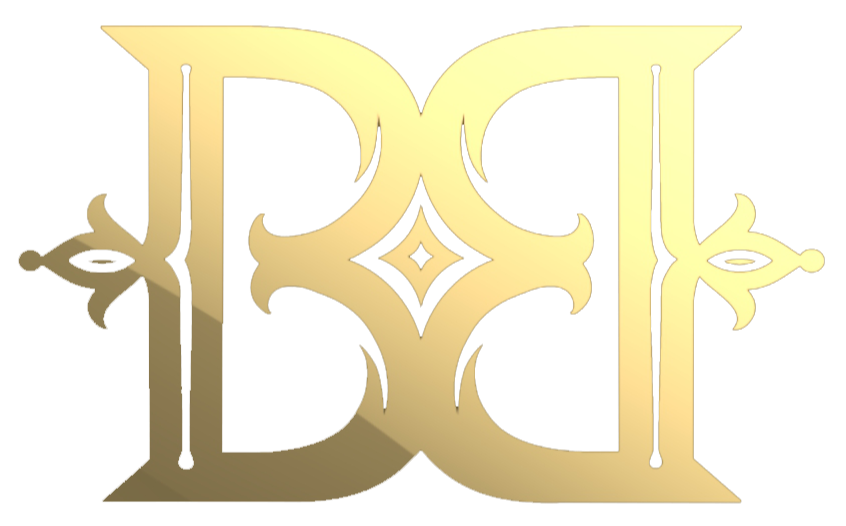Men’s Etiquette: How It Started and Why It Matters
- Tom Goedhart
- May 4, 2021
- 3 min read
Once upon a time, mastering proper etiquette was vital for men, shaping them into gentlemen and ensuring their success in society. Sadly, these days, such "trivial" customs are often brushed aside 😦.
Let’s be real - our generation is a bit more relaxed than those before us. And while the push for gender equality is absolutely essential, it seems to have dulled some of the natural chivalry we once embraced. Now don’t get me wrong - equality between men and women is crucial! But the idea that because women can handle things on their own, men no longer need to act gallant has led to the slow disappearance of small gestures like introducing yourself, holding doors, or pulling out chairs. Some even see these acts as outdated or unnecessary.

"Manners maketh man."
Of course, many of the rules from centuries ago don’t translate well into the 21st century, but a few timeless ones remain. Let’s explore the origins of these etiquettes to better understand and appreciate them 😉.
Holding the Door for Women
The origin of this polite act might surprise you. In the Middle Ages and Renaissance, noblewomen often wore massive hoop skirts and tight corsets, making it nearly impossible for them to open doors on their own. So, men had to step in. Even after these fashions faded, men kept up the tradition of holding doors for women.

Wearing dresses like this, how could anyone open a door by themselves? 😭
Today, holding the door is just a gesture of courtesy, not only for women but for anyone close behind you. And if someone responds with a sharp “I can do it myself,” just smile and keep holding the door. Odds are, 9 out of 10 people will appreciate the kind gesture! Oh, and this applies to car doors too.
Punctuality
In today’s world, arriving 10 or 15 minutes late has become somewhat acceptable, maybe even a sign of being "busy and important." But in the past, if you showed up late for a royal appointment, it could cost you your life! 😦
Being on time - or slightly early - shows respect for the person you’re meeting. And needless to say, showing up late for a job interview is like shooting yourself in the foot.
Making a Good First Impression
Back in medieval England, shaking hands when meeting someone was a way to prove you weren’t hiding any weapons. If you had a dagger tucked away, chances were there wouldn’t be a second meeting.
While assassinations are (thankfully) a thing of the past, today, a solid handshake paired with good eye contact and a neat appearance goes a long way. Also, remember the basic rule of introductions:
– In casual settings, introduce the man to the woman.
– In professional settings, introductions should follow rank, not gender.
Personal Hygiene
Good hygiene was once a luxury of the rich, and everyone aimed to look as polished as a nobleman. By the late 18th century, personal grooming etiquette became more common as people strove to “look the part.”
I have to admit - one of my pet peeves is men with long, discolored nails. If you’ve fallen into that habit, it’s time for a fresh start, my friend.
A gentleman keeps a regular grooming routine, visiting the barber frequently. This isn’t vanity - it’s just good practice.
Removing Hats Indoors
Back in the day, men wore helmets to protect themselves from enemies, but when indoors, they removed them to show trust - they were in the company of family or close friends. It also kept dirt from falling onto others or into their food.
Today, removing your hat indoors is still a sign of respect and basic courtesy.
Pulling Out a Chair for a Woman
Just like with holding doors, this gesture started because women’s fashion made it difficult for them to handle chairs on their own.
Nowadays, even though women’s outfits are more practical, pulling out a chair for someone still shows care and attention. For bonus points, pick a seat with a great view!
Dining Etiquette
Back in medieval times, dining tables were so crowded that putting your elbows on the table meant you’d probably knock into the person next to you. Plus, having elbows on the table was seen as a sign of hunger - a trait associated with peasants.
Modern dining etiquette doesn’t require much. Just remember the basics: keep your elbows off the table, chew quietly, let the ladies order first, avoid staring at your phone, and treat the waitstaff with respect.

Comments